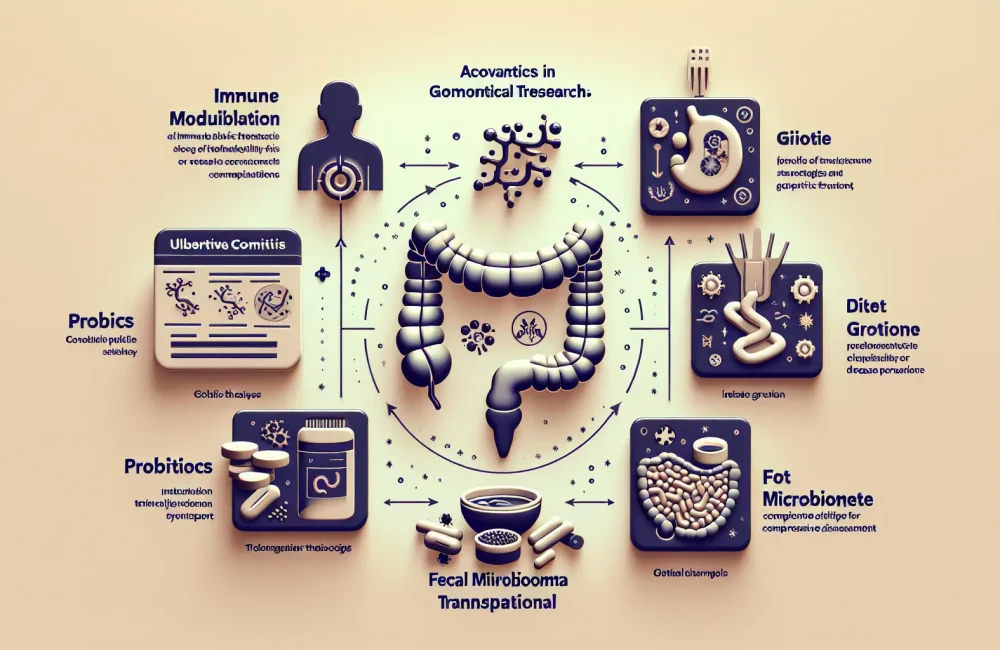By CAFMI AI From Gastroenterology
Inpatient Admissions and Mortality Overview
Autoimmune liver diseases such as Autoimmune Hepatitis (AIH), Primary Biliary Cirrhosis (PBC), and Primary Sclerosing Cholangitis (PSC) are critical contributors to liver morbidity and mortality in the United States. A comprehensive retrospective analysis of inpatient data from 2015 to 2023 was conducted using the National Inpatient Sample (NIS) database to better understand the hospitalization patterns and mortality outcomes associated with these conditions. The study identified thousands of hospital admissions across the country, with AIH representing the majority of cases, followed by PBC and PSC. Mortality rates varied significantly among these diseases, with PSC patients experiencing the highest inpatient mortality. The length of stay was also notably longest for AIH patients, reflecting possibly the greater complexity or severity of management required. These findings highlight the substantial burden autoimmune liver diseases place on the healthcare system and emphasize the need to target interventions effectively to reduce inpatient deaths and improve clinical outcomes.
Comparative Disease Characteristics and Patient Profiles
The analysis revealed distinct demographic and clinical characteristics across the three main autoimmune liver diseases. Patients with AIH were typically younger compared to those with PBC and PSC, and more often female. PBC was predominantly observed in older women, while PSC showed a higher prevalence in males and was often associated with inflammatory bowel disease. Comorbid conditions and complications also varied, influencing disease management and hospital resource utilization. These differences underscore the importance of tailored treatment strategies and highlight potential areas for improved diagnosis and intervention based on patient profiles.
Implications for Healthcare and Future Research
The study’s findings have significant implications for healthcare planning and policy aimed at managing autoimmune liver diseases. The varying inpatient mortality rates and lengths of stay underline the need for specialized care pathways and early intervention strategies. Moreover, ongoing research should focus on identifying risk factors for poor outcomes and developing targeted therapies to reduce hospitalizations and mortality. Enhanced awareness and education among healthcare providers about the unique aspects of each disease can improve patient care. Future studies may also benefit from exploring outpatient management and long-term follow-up to complement inpatient data insights.
Read The Original Publication Here






